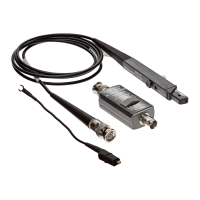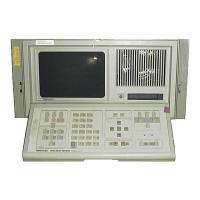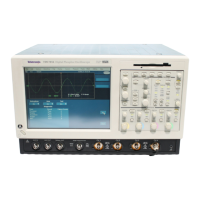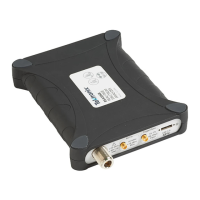VM700A Option 01 (NTSC) & Option 11 (PAL) User Manual
9-1
Section 9:Diagnostics
Introduction
The VM700A self-diagnostic routines evaluate each of the instrument’s major
hardware components. The primary intent of the diagnostics is to provide a high
degree of confidence that measurement results produced by the instrument are
correct. The diagnostics can also supply useful information for board-level fault
isolation. The diagnostic description and operation is provided here to assist in
determining the need for servicing and aid in configuring the diagnostic tests
files. Refer all servicing to a qualified service person.
There are three groups of diagnostic routines on the VM700A:
Low-level diagnostics run during the instrument’s power-up cycle and test
basic elements of the hardware (specifically, the CPU, EPROM board, and
Display Memory board) needed to ensure the validity of the remaining
diagnostics.
Individual diagnostics test other VM700A hardware components. The tests
in this group can be selected to run at power up (after the low-level
diagnostics), in a continuous loop, or one at a time.
Diagnostic measurements measure various VM700A operating parameters.
The tests in this group always run one at a time.
The remainder of this section lists and describes the diagnostics in each of the
three groups, then discusses how diagnostics are run at instrument power up,
how to run individual diagnostics and diagnostic measurements, and concludes
with other diagnostic-related information.
Low-Level Diagnostics
Low level diagnostics perform basic tests on the operation of the A5 CPU board,
the A6 EPROM board, and the A9 Display Memory board.
Table 9-1 lists and describes the VM700A low-level diagnostics.

